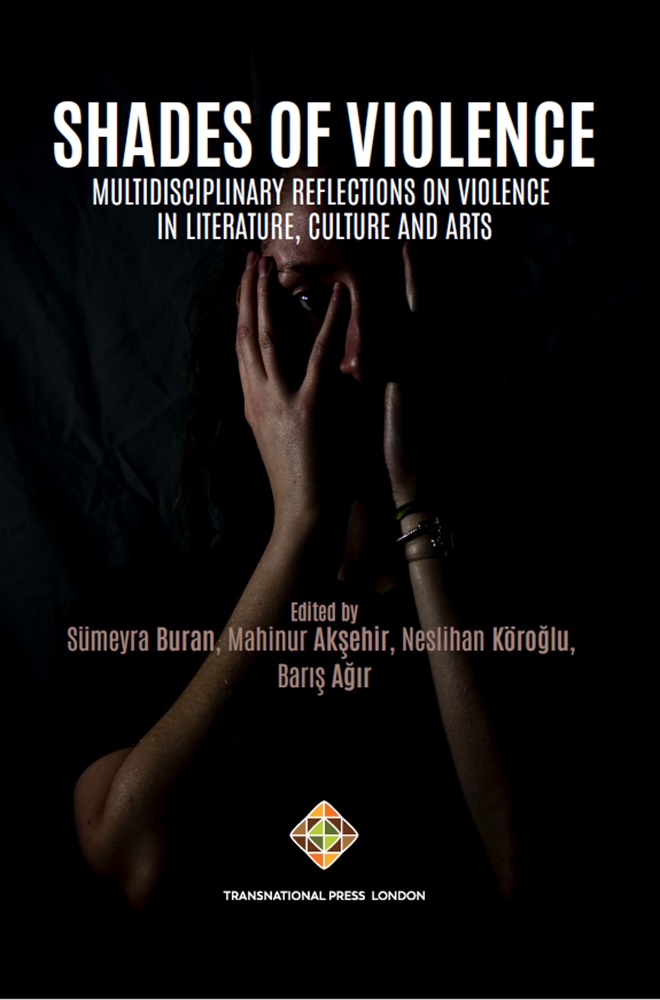Representations of Environmental Violence in Bilge Karasu’s “Hurt Me Not”
Representations of Environmental Violence in Bilge Karasu’s “Hurt Me Not”
Author(s): Özlem Akyol
Subject(s): Turkish Literature, Studies in violence and power
Published by: Transnational Press London
Keywords: Representations; environmental; violence; Bilge Karasu; Hurt Me Not;
Summary/Abstract: One of the most eminent authors of 20th-century Turkish literature, Bilge Karasu (1930-1995) was defined as a “master of language” (Gürpınar, 1997, p. 72) by literary critics since he was careful while choosing the words that he used in his works and sensitive toward pure Turkish. He explored the dilemmas of the individual in daily life, loneliness, fear, and death in his oeuvre. He also created many works about the relationship between existence and thought by employing different narrative techniques, a symbolic and refined language. His well-known work Göçmüş Kediler Bahçesi (1979), which was translated into English entitled The Garden of Departed Cats (2003), consists of a frame story and thirteen independent stories making the work multi-layered, complex, and post-modern. Karasu defines his stories as fables since he blurs the realm of reality and fantasy in their plot formation. In all fables, Karasu’s characters living in modern culture experience mysterious, unpredictable, dangerous, and untamed nature. Karasu skillfully uses natural settings to discuss the dilemmas of an individual in modern life. “Hurt Me Not” is one of those fables in which the character’s dilemma in the entrapment of the consumerist society of the modern world is explored. It is the story of a teacher who leaves his hometown and moves to an island with the hope of a plain and simple life because he has “longed to be naked in a world where all people live and toil themselves, if not to weigh down their backs with clothes, then to keep warm in the bitter cold of winter” (Karasu, 2003, p. 145). Thus, it is the story of a man who thinks nothing but being naked in a world where everyone’s ultimate goal is being clothed. Being clothed obviously refers beyond its literal meaning. It metaphorically means accumulating commodities and building wealth. In the story, this metaphoric clothing is referred to as the problem of “overgrowth or giantism of the existence” (Şahin, 2021, p. 652). This problem which occurs in both teacher’s native land and on the island, makes the story an apocalyptic narrative. The apocalyptic end comes as a result of environmental violence emerging from consumerism, represented in the story through the problem of overgrowth.
Book: Shades of Violence: Multidisciplinary Reflections on Violence in Literature, Culture and Arts
- Page Range: 161-174
- Page Count: 14
- Publication Year: 2023
- Language: English
- Content File-PDF

